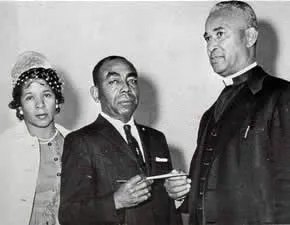
Judge Matthew Perry, Jr. | Road Trip
Video
Beginning in the 1950s, Judge Matthew Perry, Jr became the leading civil rights lawyer in South Carolina. Judge Perry was the first African American federal judge in South Carolina. The Matthew J...






